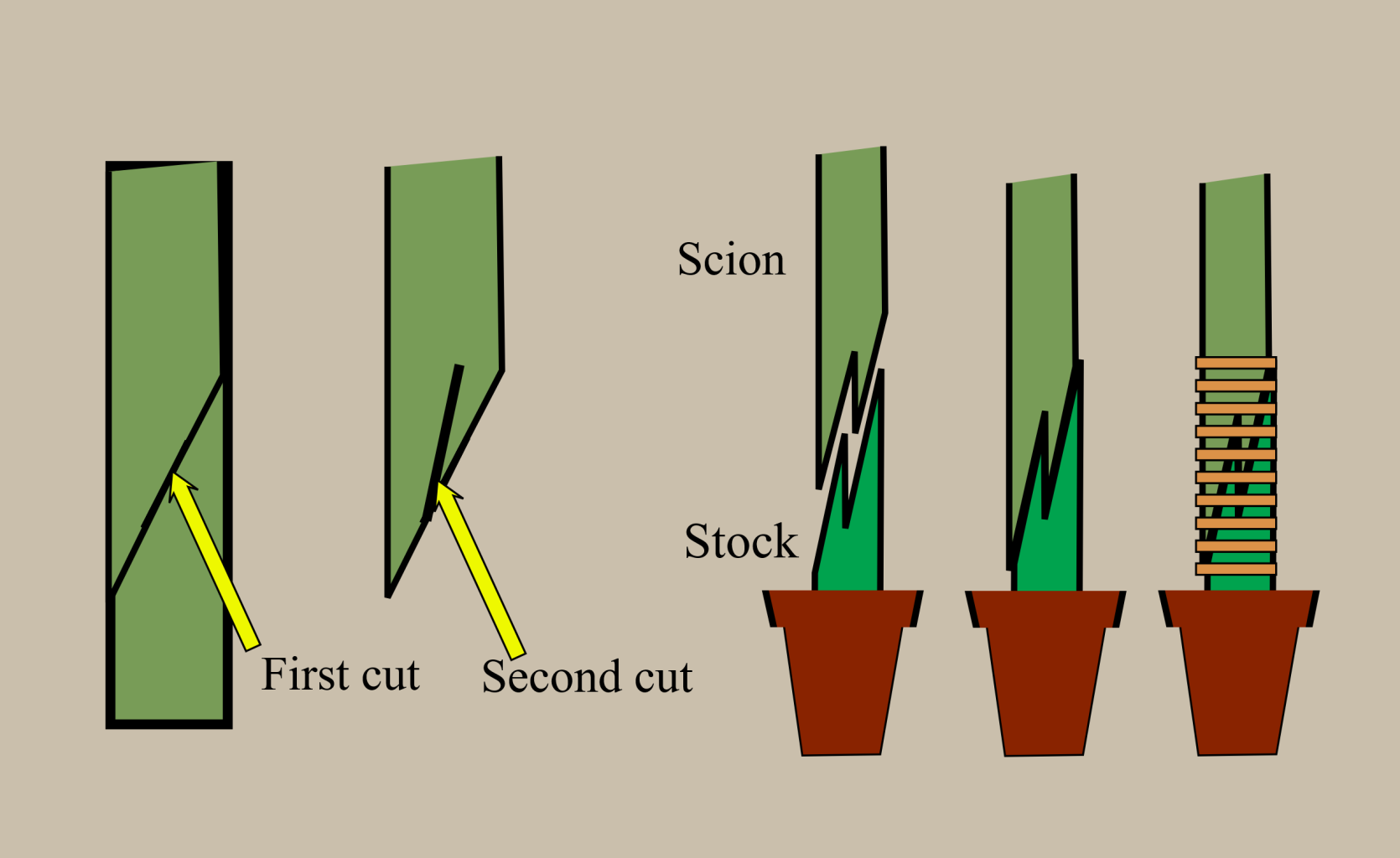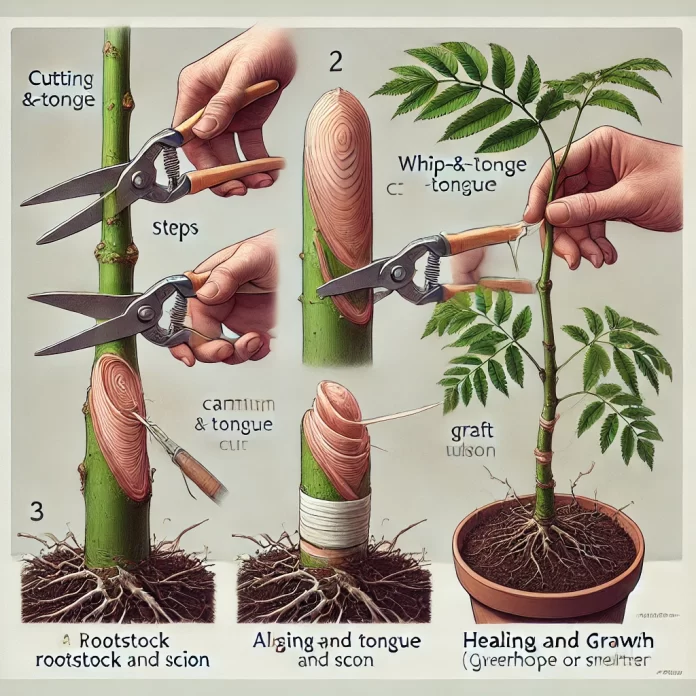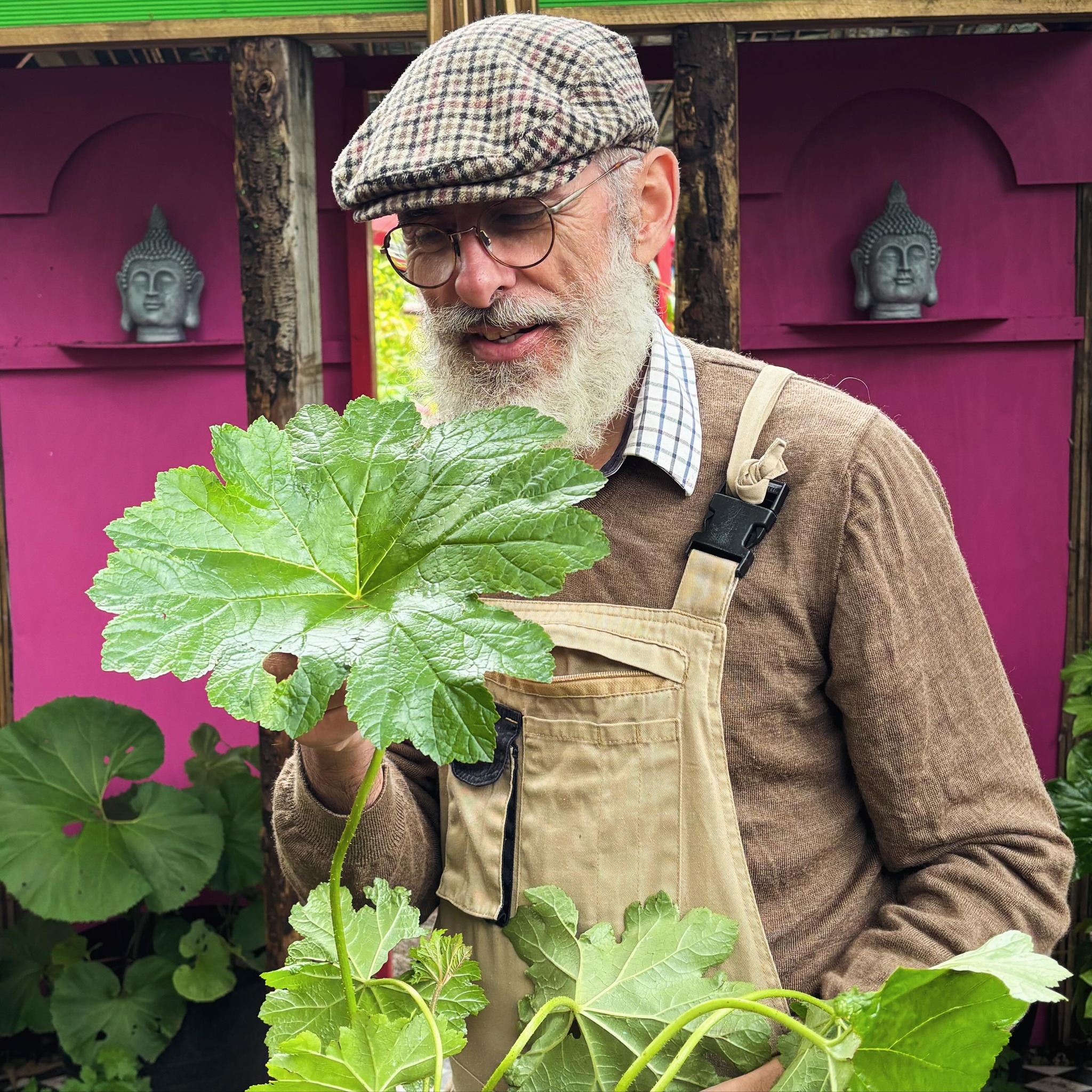Grafting is an ancient horticultural technique that allows gardeners to combine the best traits of different plants, creating stronger, more productive specimens. While most people associate grafting with spring, winter grafting is a valuable method for fruit trees, particularly apples, pears, and plums. Done while trees are dormant, this method ensures the graft has time to heal before the growing season begins.
Why Graft in Winter?
Winter, particularly January to early March, is the best time for whip-and-tongue grafting, a technique commonly used for young fruit trees. Because the sap is not actively flowing, the tree is less prone to shock, and the graft has time to heal before bud break in spring.
This is especially useful for:
- Creating new fruit trees on rootstocks.
- Restoring or improving old trees by grafting onto existing branches.
- Preserving heritage varieties by propagating rare or historic fruit trees.
- Customising growth habits, such as controlling vigour by using dwarfing rootstocks.
What You’ll Need
- Sharp grafting knife – Essential for clean, precise cuts.
- Secateurs – For trimming scion wood and rootstocks.
- Grafting tape or wax – To seal the graft and prevent drying out.
- Rootstocks – These determine the tree’s ultimate size and vigour. Choose from dwarfing (M9, M26) to vigorous (MM111) rootstocks.
- Scion wood – Healthy, one-year-old wood taken from a tree with desirable fruit.
Step-by-Step: Whip-and-Tongue Grafting
This method creates a strong union with a large surface area for healing.
1. Collecting Scion Wood
- Choose healthy, disease-free shoots from last year’s growth.
- Cut lengths about 15–20 cm long with 3–4 buds on each.
- Store in a plastic bag with damp sawdust or paper in the fridge until ready to graft.
2. Preparing the Rootstock
- Select a rootstock of similar thickness to your scion.
- Make a diagonal cut (3–4 cm long) at a 45-degree angle.
3. Cutting the Scion
- Make a matching diagonal cut on the scion.
- For extra strength, make a small “tongue” cut in both pieces to lock them together.
4. Joining & Securing
- Fit the scion onto the rootstock so the cambium layers (just under the bark) align.
- Wrap tightly with grafting tape or wax to seal the cut.
5. Healing & Aftercare
- Store grafted trees in a cool, sheltered location, such as an unheated greenhouse.
- Check regularly for signs of drying out or fungal issues.
- Plant out in spring once buds start to swell.

Alternative Grafting Methods for Winter
While whip-and-tongue is ideal for young trees, older or larger branches may benefit from:
- Cleft Grafting – Used to graft new varieties onto older trees.
- Bridge Grafting – Helps repair damaged bark.
- Side Grafting – A method for adding scions to established branches.
Why Graft? The Traditional Gardener’s Guide to Understanding Grafting
Grafting is one of the oldest and most important horticultural techniques, allowing gardeners to create stronger, more productive, and more reliable plants. While it may seem like an advanced skill, traditional gardeners have been using it for centuries to preserve rare varieties, improve fruit production, and repair damaged trees. But why do we graft in the first place?
1. To Grow True-to-Type Fruit Trees
If you plant an apple seed from your favourite tree, the resulting seedling will likely not produce the same fruit. This is because most fruit trees do not grow true from seed – they produce genetic variations, often leading to unpredictable results.
Grafting solves this problem. By attaching a cutting (scion) from a known variety onto a rootstock, you ensure that the new tree produces the exact same fruit as the parent. This is the only reliable way to propagate most apples, pears, cherries, and plums.
2. To Control Tree Size and Growth
Rootstocks determine the vigour, size, and even the disease resistance of a tree. A tree grown from seed may be too large for a small garden, take decades to fruit, or be weak in poor soils.
With grafting, you can control:
- Tree height – Dwarfing rootstocks (like M9 for apples) keep trees compact, while vigorous ones (like MM111) produce large, robust trees.
- Time to fruiting – Grafted trees bear fruit much sooner than seed-grown trees, often within a few years.
- Soil adaptation – Some rootstocks are resistant to poor drainage, drought, or heavy clay soils, making them ideal for specific conditions.
3. To Combine the Best Traits of Different Plants
A rootstock may be disease-resistant but produce poor fruit, while a scion might have excellent fruit but weak roots. Grafting lets gardeners combine strengths, ensuring the best possible tree.
- Vigour from one plant + great fruit from another
- Cold-hardiness combined with good flavour
- Resistance to pests and diseases
4. To Repair Damaged Trees
Grafting isn’t just for propagation – it can also save damaged or split trees. If a tree has suffered from:
- Bark damage from rabbits or strimmers
- Storm-damaged branches
- Partial trunk breakage
Then bridge grafting or inarching can restore sap flow and keep the tree alive.
5. To Grow Multiple Varieties on One Tree
Ever seen a tree with apples, pears, and plums growing on different branches? This is possible through multi-grafting, where different scions are grafted onto the same rootstock.
- “Family trees” – Grow several apple varieties on one tree for pollination and variety.
- Espaliered fruit walls – Use different varieties on trained trees for continuous cropping.
- Multi-fruit trees – Some gardeners even graft different fruits onto the same tree (e.g., plum and apricot on one rootstock).
6. To Preserve Heritage and Rare Varieties
Many old orchards and historic estates have fruit trees that are no longer commercially available. Without grafting, these varieties would eventually disappear.
- If an old apple tree is dying, a grafted cutting can keep its legacy alive.
- Some old trees may produce better-flavoured fruit than modern supermarket varieties.
- Rare or forgotten cultivars can be preserved in community orchards and private gardens.
7. To Produce Plants That Can’t Be Grown from Cuttings
Some trees and shrubs do not root well from cuttings, making grafting the only reliable method of propagation. This is common with:
- Apples and pears
- Some roses
- Certain ornamental trees (e.g., laburnum, beech, and wisteria)
Final Thoughts
Winter grafting is a rewarding way to create custom fruit trees, revive heritage varieties, and ensure your orchard thrives for years to come. By taking advantage of the dormant season, traditional gardeners can prepare for a bountiful harvest long before spring arrives.




